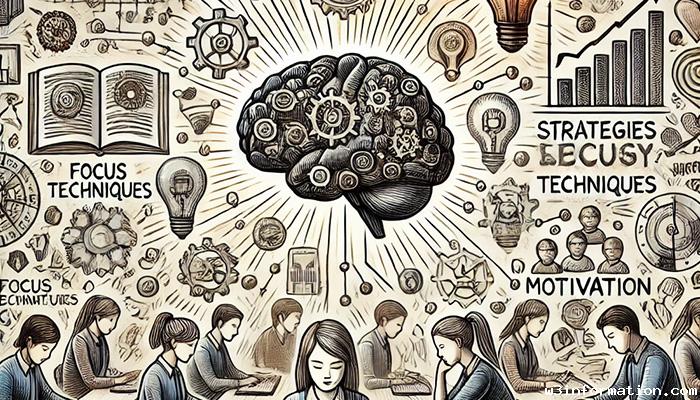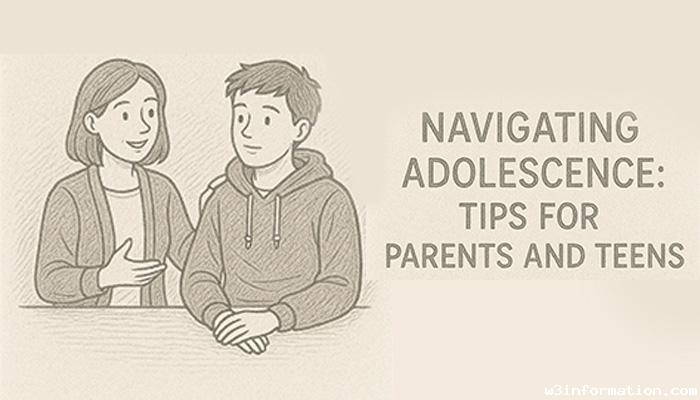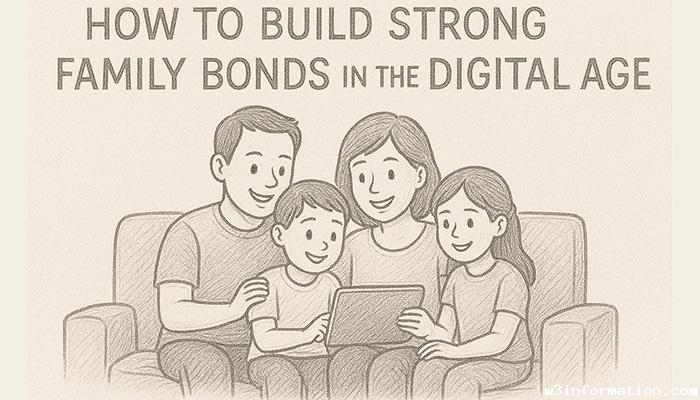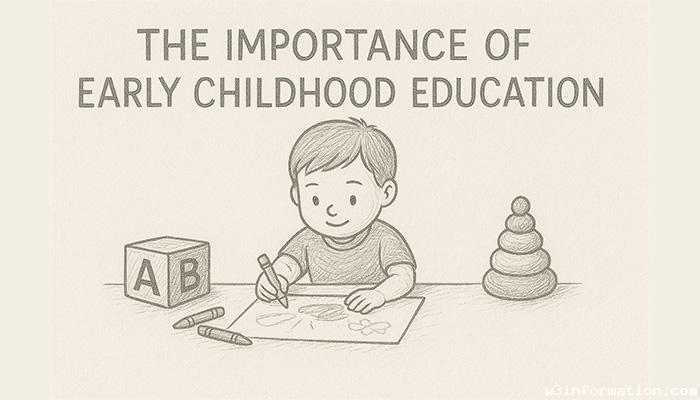Educational Psychology: Strategies for Effective Learning
Educational psychology delivers essential knowledge about learning processes and development while presenting actionable methods for improving educational outcomes. Research from cognitive science and developmental psychology alongside pedagogical principles merge to create effective teaching and learning practices within this field. You will find established approaches based on educational psychology principles here to enhance learning effectiveness.
Active Engagement
Active learning requires students to engage with content through participation which leads to improved comprehension and memory retention. Techniques include:
Discussion-Based Learning: Students learn to express their ideas while developing their critical thinking abilities.
Problem-Solving Tasks: Tasks require students to use learned concepts to solve practical real-world problems.
Interactive Activities: Learning becomes more interactive when students participate in quizzes, games, or hands-on experimentation.

Spaced Repetition
The spaced repetition technique requires students to study materials at progressively longer intervals which leads to improved memory retention. Flashcards and spaced-learning apps serve as effective tools to organize the spaced repetition learning process.
Self-Regulated Learning
The academic results of learners are enhanced when they take control of their learning process. Key aspects include:
Goal Setting: Defining clear, achievable objectives.
Monitoring Progress: Tracking performance to identify areas for improvement.
Reflection: Evaluating what strategies work best and why.
Scaffolding
The process of scaffolding delivers organized assistance to students during their skill acquisition journey. Support becomes less necessary as learners develop competence which fosters their ability to work independently. Examples include:
Breaking tasks into smaller, manageable steps.
Offering hints or prompts when learners struggle.
Structured practice with teacher support precedes moving students to work independently.
Multimodal Learning
Engaging different sensory modalities such as visual, auditory and kinesthetic leads to better comprehension and memory retention. Examples include:
Combining text with diagrams or videos.
Incorporating physical movement into lessons.
Using storytelling to make abstract concepts relatable.
Feedback and Assessment
Constructive feedback is crucial for learning. Strategies include:
Immediate Feedback: Addresses misunderstandings before they become ingrained.
Formative Assessments: Low-stakes assessments serve as evaluation tools to determine student understanding and guide instructional methods.
Peer Feedback: Encourages collaborative learning and diverse perspectives.
Cognitive Load Management
Reducing cognitive overload enhances learning efficiency. Techniques include:
Presenting information in small, digestible chunks.
Minimizing extraneous distractions.
Encouraging frequent breaks to maintain focus.
Intrinsic Motivation
When students develop a passion for learning it leads to sustained educational involvement. Strategies to build intrinsic motivation include:
Connecting lessons to students' interests.
Providing autonomy and choice in learning activities.
The material demonstrates its value by showing how it applies to real-world situations.
Metacognitive Strategies
By teaching students to analyze their thought processes educators improve students' problem-solving abilities and their capacity to adapt. Examples include:
Students should be prompted to develop their own study questions during learning sessions.
Teaching summarization and note-taking techniques.
Teachers demonstrate effective reflective practices by engaging in activities such as personal journaling and error analysis.
Cultural Responsiveness
When educators value and acknowledge diverse backgrounds they create learning environments that are inclusive and produce positive results. Educators can:
Incorporate culturally relevant materials and examples.
Choose multiple instructional techniques to accommodate different student learning preferences.
Create a classroom atmosphere where every student experiences value and inclusion.
Conclusion
Educators and learners achieve improved results when they apply learning strategies based on educational psychology. When teachers use evidence-based methods their instruction becomes more engaging and impactful which helps students develop lifelong learning skills.
 Top 10 Comfort Foods to Try This Winter
Top 10 Comfort Foods to Try This Winter
 Top 10 Christmas Destinations Around the World
Top 10 Christmas Destinations Around the World
 Navigating Adolescence: Tips for Parents and Teens
Navigating Adolescence: Tips for Parents and Teens
 How to Start a DIY Craft Project on a Budget
How to Start a DIY Craft Project on a Budget
 How to Build Strong Family Bonds in the Digital Age
How to Build Strong Family Bonds in the Digital Age
 The Importance of Early Childhood Education
The Importance of Early Childhood Education